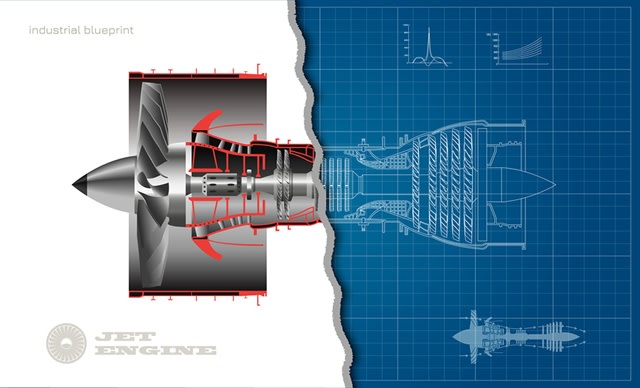PLCKing
Mechanical
- Jan 18, 2007
- 20
I'm doing a FEA model of stresses in a plate. The plate ASTM A36 steel and dimensions are 140" x 250" x 0.25" thick. The plate is restrained along all 4 0.25" edges. The bottom side has stiffeners that are 0.125" thick and also A36 material and are spaced every 16". The stiffeners are "L" shaped with the bottom of the "L" welded to the bototm of the plate. The long part of the "L" is 9" long and the short part (welded part) is 2" long. The stiffeners are 140" long and run the whole length of the plate. The bottom of the plate is exposed to a 30psig pressure distributed evenly accross the plate.
I'm using cosmosworks to do the analysis with a sold mesh (2" x 0.1"). The results I get is that the von mises stresses in the web of the stiffener are approx. 300 ksi and the max von mises stress at the edges of the plate is approx 450 ksi. These stresses are way over the materials 36 ksi.
What I'm having trouble with is how accurate the results are. I think the result stresses are way to high, but I'm having a hard time proving that they are wrong. Any advice on error checking the analysis would be greately appreciated.
PLC.
I'm using cosmosworks to do the analysis with a sold mesh (2" x 0.1"). The results I get is that the von mises stresses in the web of the stiffener are approx. 300 ksi and the max von mises stress at the edges of the plate is approx 450 ksi. These stresses are way over the materials 36 ksi.
What I'm having trouble with is how accurate the results are. I think the result stresses are way to high, but I'm having a hard time proving that they are wrong. Any advice on error checking the analysis would be greately appreciated.
PLC.




